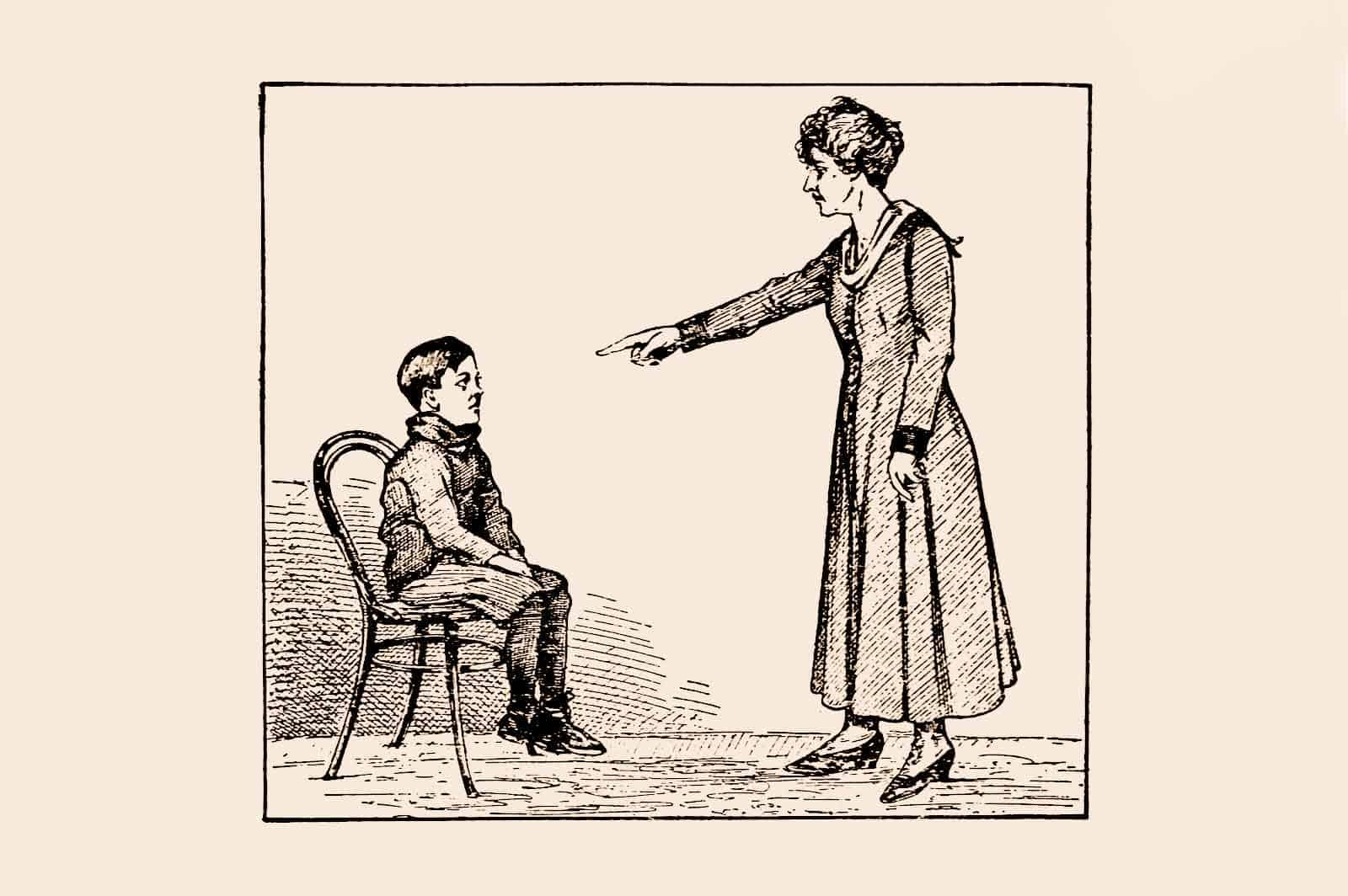Agile is Disciplined
Agile, specifically Scrum, is a framework. At its most basic level, Scrum is a practice that prescribes how humans will interact. Scrum, is a straightforward set of ideas and values that govern what the interpersonal communication between parties should be. Scrum has a minimal set of rules that apply widely and, when followed, are widely applicable. At its core, Scrum and its agile values defines the interaction between people whose responsibilities are to lead and those whose duties are to execute.
Agile Fall & Wagile Are Waterfall
Discipline is a fundamental value of agile. Consequently, discipline and mastery are both required to see the benefits. Lack of discipline with agile devolves into agile-fall, wagile, or some other derivative of the old way. The way that prioritizes “the requirements” over people’s needs. That system is now archaic. Slow, full of risk, and costly waterfall methods are fallbacks for undisciplined “agilistas.” Agile requires discipline and mastery. Too often, so-called agilistas say, “Well, agile didn’t work for me.” But what is more accurate is, “I didn’t work for agile and I didn’t have the discipline to seek mastery.”
Agile Mastery Requires Discipline
Scrum has few rules. When followed appropriately, those few rules lead to creative execution. But agile is often misinterpreted. The combination of few rules and the value of “innovation” contribute to a common misconception. Innovation in the context of agile is often conflated with changing the process. These rule changes are often based on idiosyncratic preferences in the absence of deep understanding. This is problematic innovation.
Changing the rules to suit an individual is the most common distortion. In politics and Scrum, the guardrails are to preserve all parties. Likewise, when procedural rules are changed to benefit one party, all parties suffer. In Scrum, the most common root cause for these “innovations” is an apparent lack of understanding of “the why.” When someone says, “Scrum didn’t work for us, so we changed it,” they mean, “We didn’t understand Scrum, so we changed it.”
Agile Mastery Prior to Improvisation
In conclusion, innovation is possible with mastery. When summiteers reach the peak of understanding, they learn that the values of the procedure empower innovation. Innovation relies on mastery of your instrument. A musician’s first lesson is rarely, if ever, improvisation. The first lessons are musical scales. Simplistic, repetitive patterns follow. Time and discipline lead to muscle memory. This is kata. Certainly, the instrument shouldn’t be blamed for the student’s lack of practice. The instrument is not the limitation on innovation. Rather, the limitation on innovation is the student’s lack of discipline.






2 Comments